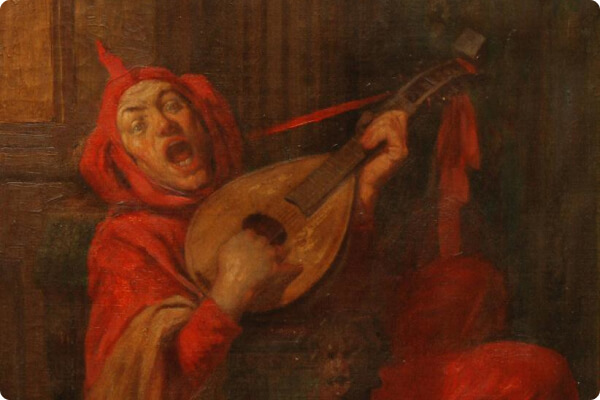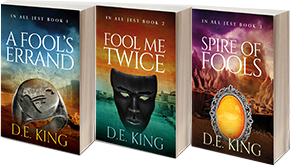Symbology
From court jesters challenging societal norms to their vibrant presence in literature and theatre, discover the colourful tapestry of these mischievous entertainers and the deeper meaning they hold.
There is more behind the colourful characters than first appearances may lead you to believe. Jester symbolism has been a two-sided coin since medieval times and even dating back to ancient Rome.
Through history, jesters occupy a vibrant and captivating niche. These mischievous entertainers have tickled the funny bones of audiences for centuries, transcending time and culture. With their colourful costumes, razor-sharp wit, and exaggerated antics, jesters have become iconic figures in both reality and the realm of art and entertainment.
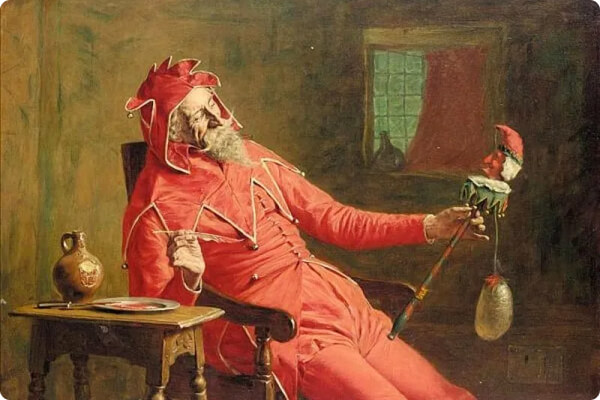
“The Court Jester” | John Watson Nicol (1895)
From the court of ancient pharaohs to the medieval castles of Europe, jesters have flourished as invaluable companions to kings and queens. These court jesters, often known as fools, possessed a dual nature.
On the surface, they were the epitome of buffoonery and jest, the embodiment of comic relief. However, beneath the façade of frivolity, these quick-witted jesters wielded a profound wisdom. Like alchemists of laughter, they used humour and satire as potent tools to challenge societal norms, expose hypocrisy, and offer astute commentary on the human condition.
The jester’s symbology is as diverse and multi-faceted as the colours of their motley costumes.
They embody the paradoxical nature of human existence, encapsulating both the joys and sorrows that accompany life’s journey.
Like jesters, life itself is a grand performance, filled with laughter and tears, moments of levity and profound introspection.
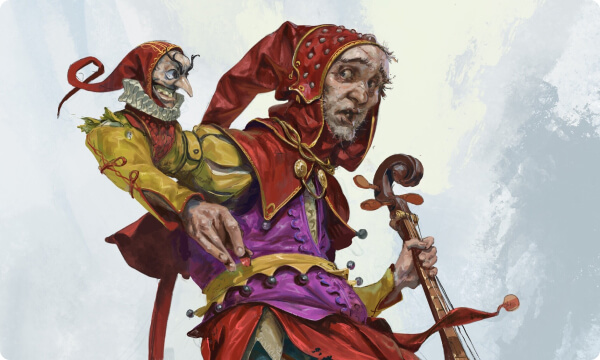
“The Jester” | Filipe Pagliuso
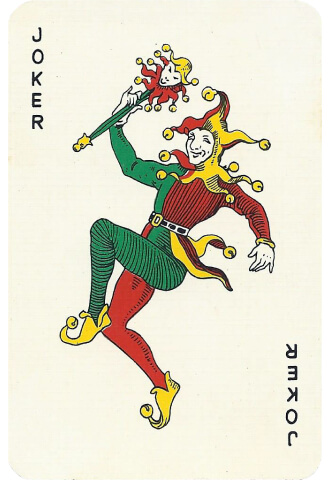
Fools are everywhere, even in modern times. You can spot the jester making an appearance in books, theatre, on the screen, and even in a deck of cards.
The joker in a deck of playing cards is a symbol of unpredictability and whimsy. The joker’s appearance varies across different card designs, but it often portrays a mischievous character with a wide grin, flamboyant attire, and sometimes wearing a jester or clown costume. The joker embodies a sense of playfulness, encouraging players to embrace uncertainty and enjoy the element of surprise. It represents the wildcard, capable of altering the course of the game and challenging established rules.
In tarot cards the Fool is numbered 0, referencing unlimited potential. In most tarot decks the Fools is seen to be gazing upward while he stands on the edge of a cliff, a small dog at his heels, ready to set off on an adventure. The upright meaning of this tarot card represents new beginnings, an untamed spirit, extravagance, or innocence. Reversed, this card symbolises lack of meaning or direction, foolishness, apathy, or recklessness.
The jester is often recognised by their unofficial uniform and notably the fool’s hat in particular. Whether they were poking fun at nobles in the royal court or travelling and entertaining in taverns, the jester often wore their motley colours.
The trickster’s hat, or cap-n-bells serves as a visual reminder of the jester’s role to entertain and amuse, while the bells jingle with every movement, capturing attention and creating a festive atmosphere.
The fools hat’s symbolic meaning refers to humour and being a prankster. Even in modern times this symbol is recognised, identified by the jingle of bells on its tips and bright colours.
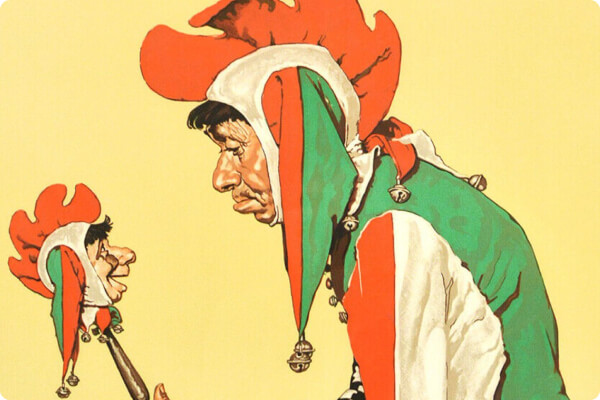
“The Jester” | Norman Rockwell (1939)

